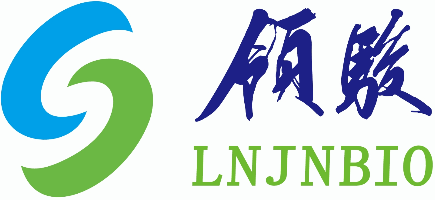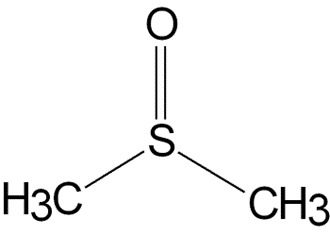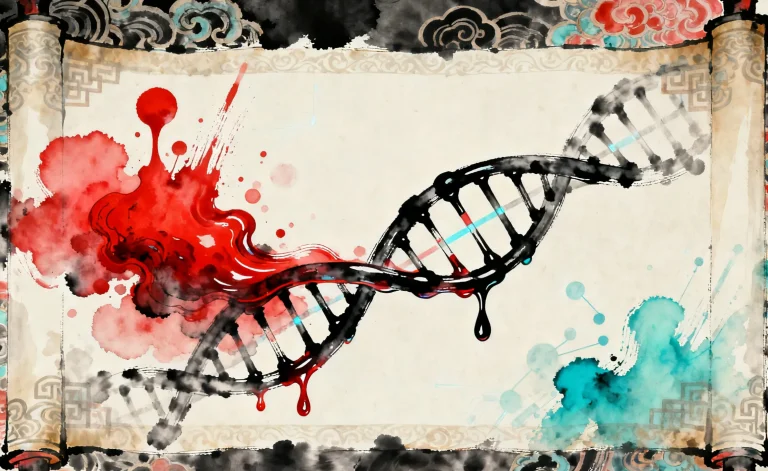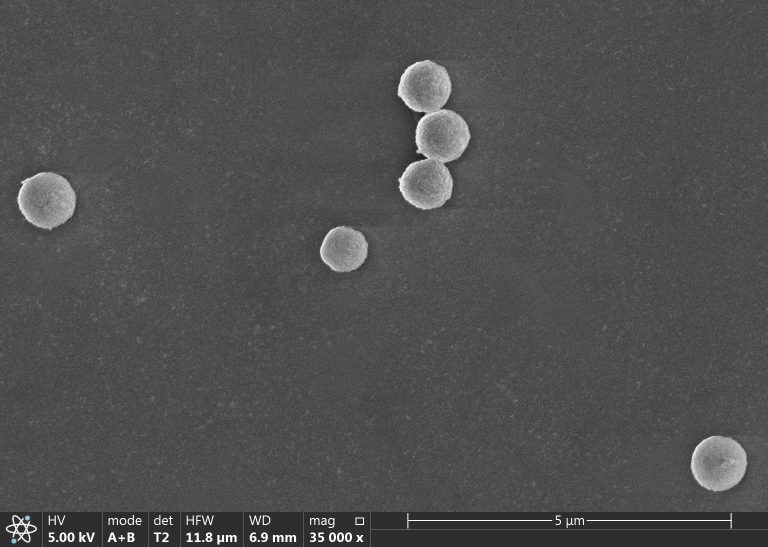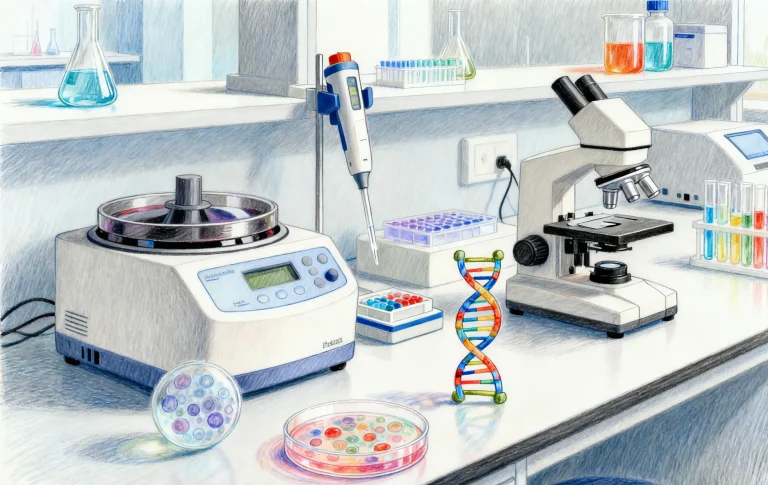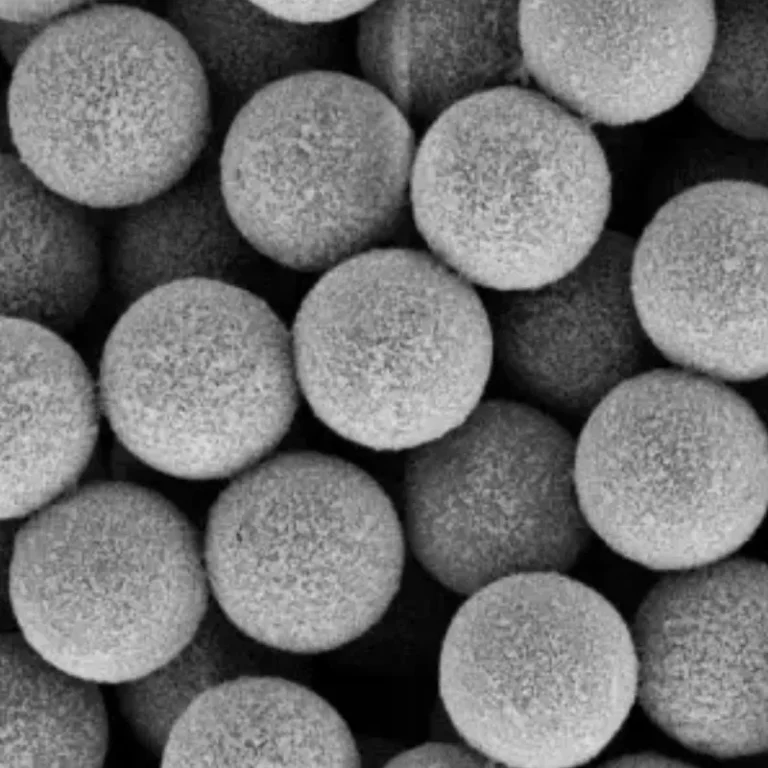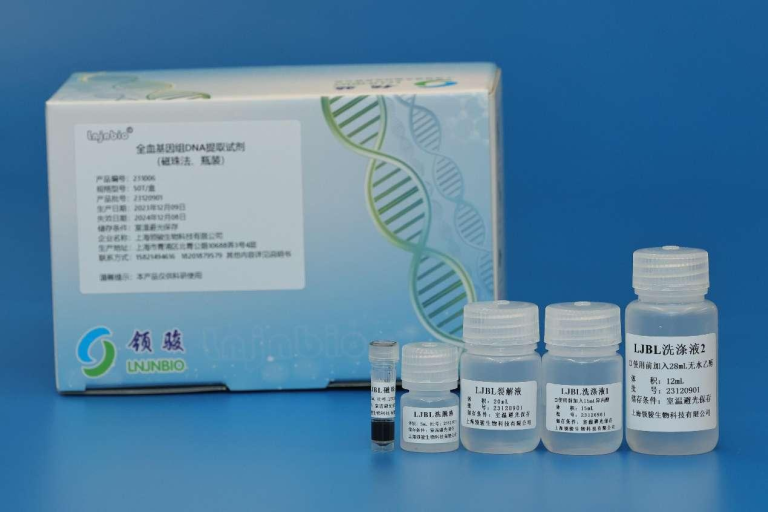Professional Manufacturer of Biomagnetic Beads

How to Enhance Pathogen Detection with Bio-Magnetic Beads?
Introduction
Today, we delve into the core role of bio-magnetic beads in respiratory pathogen detection—not only do they significantly enhance detection performance, but they also entail critical details that require special attention in practical applications. Accurate diagnosis of respiratory infections (such as influenza, COVID-19, etc.) is vital to public health, and bio-magnetic beads are a key tool in achieving this goal.
1. How Do Magnetic Beads Enhance Detection Performance?
Bio-magnetic beads are surface-functionalized magnetic microspheres that achieve efficient enrichment and purification of pathogens by specifically binding to target molecules (e.g., viral nucleic acids or proteins).
Here are three major performance advantages they offer in respiratory detection:
1.1 Enhanced Sensitivity: Combating Low Viral Loads
Respiratory samples (e.g., nasopharyngeal swabs) may contain very low levels of pathogens, especially in early infections or asymptomatic carriers. Leveraging their high surface-to-volume ratio and specific capture capabilities, magnetic beads concentrate trace pathogens, boosting detection sensitivity by 10- to 100-fold. For instance, in RT-PCR testing, the viral RNA extraction efficiency after magnetic bead purification is over 30% higher than with traditional methods, significantly reducing the risk of false negatives.
1.2 Improved Specificity: Reducing Cross-Interference
The surface of magnetic beads can be modified with various capture molecules (e.g., antibodies, nucleic acid probes) to achieve precise identification. For example:
1.2.1 Immunomagnetic beads:
Coated with virus-specific antibodies to directly capture antigens, suitable for rapid detection.
1.2.2 Nucleic acid extraction Magnetic beads:
Adsorb nucleic acids via silanol groups or ion exchange, removing inhibitors (e.g., mucins, hemoglobin) from samples to prevent PCR false positives.
This specific binding ensures highly reliable detection results.
1.3 Speed and Automation: Compatibility with High-Throughput Platforms
The magnetic separation of beads eliminates the need for centrifugation, allowing rapid target separation directly via a magnetic field. This: Reduces sample processing time to 15-30 minutes (compared to 1-2 hours for traditional methods);
Facilitates integration with automated equipment (e.g., magnetic bead extractors) for large-scale testing, greatly enhancing screening efficiency during outbreaks.
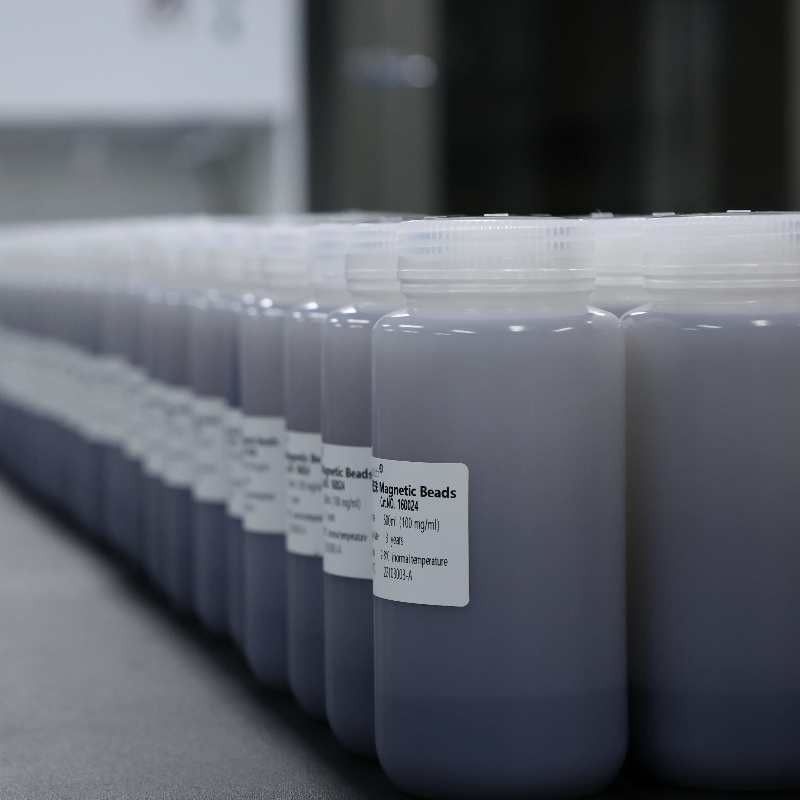
2. Key Considerations in Detection: The Science of Using Magnetic Beads
Despite their significant advantages, the performance of bio-magnetic beads depends on standardized operations. Here are core considerations for practical applications:
2.1 Sample Type and Pretreatment
- Sample Compatibility: Magnetic beads are suitable for various respiratory samples (nasopharyngeal swabs, sputum, bronchoalveolar lavage fluid), but processing protocols must be adjusted for different samples. For example, sputum requires liquefaction pretreatment to avoid clogging pipelines.
- Preventing Degradation: Samples should be freshly collected or properly stored (e.g., at -80°C) to prevent degradation of pathogen nucleic acids/antigens.
2.2 Magnetic Bead Selection and Optimization
- Surface Modification Matching: Select magnetic beads tailored to the detection target (e.g., nucleic acid extraction beads vs. immunocapture beads). For multiplex detection, ensure magnetic bead combinations avoid cross-reactivity.
- Particle Size and Concentration: Nanoscale magnetic beads (400-800 nm) are suitable for nucleic acid extraction, while micron-scale magnetic beads (1.2-4 μm) are better for immunoassays; excessively high concentrations may cause nonspecific binding, requiring optimized usage.
2.3 Operational Standardization
- Thorough Mixing: Magnetic Beads and samples must be fully mixed to ensure binding efficiency, but vigorous shaking should be avoided to prevent pathogen damage.
- Strict Elution: Washing steps must thoroughly remove impurities, but over-washing may reduce yield. Standardized buffer systems are recommended.
- Magnetic Field Requirements: Strong magnetic fields can accelerate separation but should not be exposed for prolonged periods to prevent bead aggregation and failure.
2.4 Quality Control and Validation
- Parallel Controls: Each detection should include positive/negative controls to monitor magnetic bead performance.
- Downstream Compatibility: Extracted pathogens must be validated for compatibility with downstream detection technologies (e.g., PCR, sequencing, or immunochromatography).
2.5 Technical Limitations
- Cost and Equipment Dependency: Magnetic bead reagents and automated equipment require significant investment, making them suitable for centralized laboratories or large-scale screening.
- Challenges with Complex Samples: Samples with extremely high mucus content may require pretreatment to avoid reduced magnetic bead binding efficiency.
3. Product Introduction
Shanghai Lingjun Biotechnology Co., Ltd. has developed various models of silica-based magnetic beads widely applicable in pathogen disease diagnosis. This technology offers extremely high detection sensitivity, enabling rapid screening in early infection stages and providing valuable time for disease control and prevention.
The 16 Series and 22 Series magnetic beads developed and produced by Shanghai Lingjun exhibit excellent magnetic saturation strength and suspension stability, with multiple particle sizes available. They feature high adsorption rates—for example, achieving over 95% recovery for target DNA at 20 ng/μl, with high adsorption rates for both large and small DNA/RNA fragments.
| No. | Product Code | Product Name | Group | Particle Size | Solid Content | Specifications |
| 1 | 160011 | Silica Magnetic Beads | Si-OH | 800nm | 50mg/mL | 2mL, 10mL, 50mL, 500mL, 1000mL |
| 2 | 160013 | Silica Magnetic Beads | Si-OH | 1.2µm | 50mg/mL | 2mL, 10mL, 50mL, 500mL, 1000mL |
| 3 | 160014 | Silica Magnetic Beads | Si-OH | 2µm | 100mg/mL | 2mL, 10mL, 50mL, 500mL, 1000mL |
| 4 | 160019 | Silica Magnetic Beads | Si-OH | 4µm | 200mg/mL | 2mL, 10mL, 50mL, 500mL, 1000mL |
| 5 | 160024 | Silica Magnetic Beads | Si-OH | 1.4µm | 100mg/mL | 2mL, 10mL, 50mL, 500mL, 1000mL |
| 6 | 220011 | Silica Magnetic Beads | Si-OH | 500nm | 50mg/mL | 2mL, 10mL, 50mL, 500mL, 1000mL |
| 7 | 220012 | Silica Magnetic Beads | Si-OH | 400nm | 25mg/mL | 2mL, 10mL, 50mL, 500mL, 1000mL |
4. Conclusion
By enhancing sensitivity, specificity, and efficiency, bio-magnetic beads have become a “gold standard” tool in respiratory pathogen detection. However, maximizing their performance relies on scientific selection, standardized operations, and strict quality control. We firmly believe that only by understanding technical details can precise detection truly safeguard health.
If you have specific questions about magnetic bead selection or application scenarios, feel free to leave a comment! Science advances through exchange, and health is achieved through precision.
Supplier
Shanghai Lingjun Biotechnology Co., Ltd. was established in 2016 which is a professional manufacturer of biomagnetic materials and nucleic acid extraction reagents.
We have rich experience in nucleic acid extraction and purification, protein purification, cell separation, chemiluminescence, and other technical fields.
Our products are widely used in many fields, such as medical testing, genetic testing, university research, genetic breeding, and so on. We not only provide products but also can undertake OEM, ODM, and other needs. If you have a related need, please feel free to contact us .
